Imagine for a moment that you’re an aging NHL player: your joints are a little achier than your younger teammates, and your explosiveness out on the ice doesn’t seem to be as quick as it once was—but, you’ve still got your skills, and you have many years of experience to lean on to give you an advantage during the big moments.
Now tell me: should you, as an aging hockey player who wants to continue to dominate out on the ice or play even better than ever before, start training harder or easier to reach your goals?
Trick question—the answer is neither. The reality behind this all-too-common scenario is that you don’t want to train harder or easier, but smarter than ever before.
If you don’t utilize the mountain of sports science data we have and integrate it intelligently into your training, then your skills and physical prowess will diminish, as you no longer have the luxuries of youth.
Nothing can be taken for granted anymore, and there’s no time to “wing it” when it comes to your approach if you’re serious about lighting up the Men’s Leagues and keeping up with all of the young bucks out on the ice.
The truth is that although there are some differences you need to make in your training now compared to your younger days, there aren’t as many changes as you may think—especially since you have training experience, playing experience, and life experience on your side this time around.
The key behind being the most dominant player out on the ice as you age is not by going “easier” in your training, but finding intelligent ways to go hard while effectively recovering and adapting from the training stimulus.
Knowing this, we need to stick to the “8 Golden Rules For Hockey Training in the Men’s Leagues” so you can work both smart and hard at the same time.
1. Increase Your Work Capacity
At this point in your life, you need to do metabolic conditioning so your lungs and muscle cells can work together for the highest levels of physical performance.
Your cellular power plants (the mitochondria) begin to decrease in activity as you age. (I refer to them as the “power plants of the cell” because they are responsible for manufacturing the energy your muscle cells use for physical activity.)
As you age, these mitochondria need a kick in the butt to continue to multiply and make your muscles denser so you have as many energy-producing power plants as possible to drive better conditioning levels in both your training and your on-ice gameplay.
Any intense form of exercise will provide some degree of mitochondrial training stimulus; however, the most effective and smartest way to do it as a Men’s League hockey player is to add metabolic conditioning “finishers” to the end of your primary workouts of the week.
This is a win-win for Men’s Leaguers, as you won’t need to devote hours and hours of tedious, conventional “cardio” work that you don’t have time for anymore—plus, it’s way easier on your joints to avoid the repetitive impact stress that activities like jogging causes.
Ideally, three times per week, you would do 10–15 minutes of high-intensity anaerobic conditioning in a non-stop fashion that targets the entire body with simple athletic movements:
- If you’re at home with no equipment, you could do non-stop bodyweight speed squats as fast as possible for eight seconds and then immediately drop down and do a rocking plank for 30 seconds with no rest in between, and do this for eight straight rounds.
- If you have a home gym with some dumbbells, you could do DB cross-body carries for 20 seconds per side and superset it with T-Rolls for 30 seconds with no rest for a non-stop finisher for five rounds.
- Or if you’re lucky enough to be in a full gym these days, you could do a ten second all-out stationary bike sprint in a non-stop superset with plank with leg raises for 30 seconds and repeat that for eight rounds.
All of the above are examples from the earlier phases of the brand new Men’s League Domination ’21 program, and they are utilized specifically to increase your mitochondria. This helps Men’s Leaguers fight the age-related decline in mitochondrial density, as well as get the much-needed boost in work capacity they need to train as hard as they can and never run out of gas out on the ice.
2. Fix Your Achy Joints
I am going to be blunt with you: having sore joints is no excuse to let up. I know that runs contrary to what every other coach has told you; however, it’s my experience that almost everybody who has sore joints has earned them through having bad habits.
For example, if you skip your warm-ups or cool-downs, avoid mobility sessions, never do yoga, and consistently eat pro-inflammatory foods, it’s almost inevitable that you will have sore joints. To top it off, you have many years of playing one of the highest-impact sports in the world under your belt, so of course, you’re going to have sore joints.
I’m not here to tell you what you want to hear; I’m here to tell you what you need to hear:
Stop allowing bad habits to manifest themselves into injuries, and start taking better care of your body, because the youthful days you used to have where you could do anything you want and never get injured are gone.
Your best recourse is to get smarter about your training and understand the performance vehicle you are in today is not the same performance vehicle you were in yesterday.
Do exercises that don’t hurt you; use grips or foot positions that allow you to train with no pain; reduce the range of motion if you need to; lower the weight to something more realistic; slow the tempo down for better technical quality; do anything you can to train around the pain and not through the pain.
And in-between workouts, your active recovery should include well-established methods to prevent future injuries and loosen you up so you always feel better on the ice and in your training.
For Men’s Leaguers, I like to give a customizable option to perform structure-specific mobility routines (e.g. if you have tight hips then we will do a hip-unlocking circuit), hockey-specific yoga sessions and edge work ankle mobilizer/stabilizer flows to act as an active recovery modality and joint pain solution all-in-one.
Additionally, joint structure supplementation, as well as a mobility-enhancing diet, are excellent additions that produce shocking results in movement quality in a very short timeframe.
3. Ditch The Weekly Bro Split
The old-school bodybuilding approach might have done wonders for you back in the day; however, you have a lot of training experience now, and just like the old saying goes, “If you always do what you’ve always done, you’re only going to get more of what you already have.”
You’re not a teenager anymore, so utilizing the traditional bodybuilding split of training one body part each workout (usually 5–6 workouts a week) isn’t efficient or effective, especially for an adult with a job and plenty of life responsibilities.
Your muscles will recover in about two days, so why let them go an entire week without further training stimulus? Besides, what happens when life inevitably intervenes on your training schedule and you miss one or two workouts? That messes up your entire schedule and you might not train the same body part for another eight to ten days rather than seven.
You’re much better off doing a total body split where you work out three days per week:
Monday: Total Body A
Tuesday: Off
Wednesday: Total Body B
Thursday: Off
Friday: Total Body C
Saturday: Off
Sunday: Off
This type of training split does a handful of things that will give you a major advantage:
- It makes the best use of your time. Muscles recover much faster than seven days, so they should be hit multiple times per week. Any time you spend not training a muscle group when it’s fully recovered is time wasted.
- You train muscle groups more often with fewer workouts. If you use a traditional bodybuilding split, you work out five days a week and each muscle only gets hit once. With a total body split, you train three days per week and every muscle gets worked three times.
- You have built-in schedule flexibility. Our lives as adults can get hectic, and sometimes we are forced to miss training sessions. If you miss a session using a traditional bodybuilding split, you might not train that muscle group again for two weeks. If you miss a workout using a total body split, you don’t have to worry about losing your gains or detraining at all, because it will still be targeted two more times that week.
- It’s easier on your joints and connective tissue. Much of our joint inflammation comes from taking a massive and repetitive beating on the same day. For example, “leg day” on a bodybuilding split may have you performing 15 sets of lower body training all in one day. If you spread this volume out evenly over the course of three total-body sessions (i.e. five sets per workout), you will find your joint pain decreases dramatically without sacrificing any total weekly training volume.
- You get more out of every workout because your technique will dramatically improve. When you train one muscle group for an entire workout, fatigue will inevitably build up and your technique will suffer as a result. For example, if you do five sets of front squats, and then five sets of back squats, and then five sets of Bulgarian split squats, your technique by the time you get to the split squats is going to be suboptimal at best. However, if you split this volume up over the course of three workouts, you will be able to maintain an extremely high degree of technical execution and also use a higher load each training session for better results (e.g. the load you use for the split squats at the end of a bodybuilding leg session will be way less than the load you would use on your third total-body session of the week, since you will be going into that third workout fresh rather than pre-fatigued. This will result in an overall higher-quality training stimulus).
For all of the above reasons, the brand new Men’s League Domination ’21 program utilizes a total-body training split with three sessions per week. On the off-days, I allow the athletes to customize their active recovery approach via structure-specific mobility sessions, edgework flows, and hockey-specific yoga workouts.
Additionally, I provide optional speed and conditioning workouts they can perform as well if they have the recovery capacity and schedule to include more training sessions each week.
4. Optimize Built-In Fat Loss
When you become lean, you immediately become a faster skater solely because of the fact that you just dropped body fat. It’s arguably the fastest possible way any hockey athlete can improve their speed out on the ice.
If you’re carrying around 20+ pounds of extra weight (which a lot of us in this age group are), it’s no different than carrying around 20+ pounds of weight plates with you on the ice. Body fat doesn’t serve you any performance purpose; it’s not a strange correlation that overweight players are also the slowest.
Getting lean will allow you to skate faster (via improved relative strength and power outputs), even if you don’t change anything about your current skating technique.
Beyond this, becoming a leaner version of yourself will have you not just skating in a straight line faster, but will also automatically bring positive benefits to your agility, because you are of equal or greater strength now and are simultaneously carrying less body weight. This leads to quicker high-velocity direction change and faster stop/start times.
Conditioning may be the most significant effect you see from getting lean. This is huge, because it will contribute to everything I discussed in Golden Rule #1. When you are lean, you avoid skating around with an additional fat tissue load for your body to deal with (that would otherwise tax and drain your body’s energy systems).
If you spend a phase or two getting lean, you will instantly find tremendous conditioning improvements the next time you hit the ice. Your recovery time between sets at the gym and shifts on the ice will also improve drastically the leaner you are.
However, some people may argue that if you weigh more, you’re harder to knock off the puck. And this is true. But I believe muscle weight (and balance) is much more useful for staying strong on the puck than body fat weight.
The bottom line here is that if you’re not lean, this is probably the first thing you should do to improve your all-around hockey performance.
This is even more true in the Men’s Leagues where most players carry more body fat than they did in their younger years. When you have the advantage of being the leanest athlete in the league, the gap between you and your competitors becomes that much larger.
Because of the typical Men’s Leaguer’s busy lifestyle, I like to build optimal fat loss programming right into their periodization, so that it’s performed in a “done for you” hockey-specific way.
I find this way works best, as fat loss programming should always still be done in a hockey-specific way rather than the traditional “cardio” programs that have been promoted to the general public for the last few decades.
Luckily for us, total body training, metabolic finishers, explosive power movements, and strength-endurance complexes are exactly how we accomplish this and is all built into the Ultimate Men’s League Training Blueprint.
5. Leave the Personal Record (PR) Attempts to the Young Bucks
I don’t want you to ditch heavy strength training, but I do want you to change your mindset around attempting PRs.
If you’ve trained like an animal before, you probably know what it’s like to get injured. If you’re lucky, you may have been lucky enough to escape this fate. But whether you know it or not, your escape margin for injury risk is much more narrow now than it was ten years ago.
We can’t change the fact that at this point in life, we are much more likely to get banged up than we used to. It’s just the way it is. Proper Men’s League hockey training takes many steps to counteract this decline; however, the most obvious one still needs to be mentioned: training like a beast month in and month out isn’t going to do you any good in the long run.
You need to pick and choose your all-out battles in the weight room, and these battles should be much fewer and further between than they used to be when we felt invincible.
A way in which to do this is to simply perform what I call “confident PRs” rather than “questionable PRs”. A confident PR is an attempt at a new weight or rep goal that, while extremely challenging, you are certain you can accomplish based on your other work sets. A questionable PR represents the dumb attempts where you put “X” amount of weight on the bar and just hoped that you could succeed.
Sometimes those questionable PRs end up in a major celebration when you’re younger and you don’t know any better; but as you age, they end up unnecessarily beating your joints up and ruining your training in the long run.
An intelligent Men’s League hockey player never “retires” from hard training, but he does apply some training and experience to his regime to train smart:
- Listen to your body
- Train intuitively
- Understand and respect your body’s limitations
- Focus on personal progress rather than comparing what you’re doing to others
- Leave the Instagram highlight reels for the young bucks that don’t know any better
6. Build Your Hockey Training Toolkit
A 15-year-old hockey player feels ten feet tall and invincible. As you get older, you realize self-destructive activities don’t have the same allure they used to. Now, the training and nutrition mistakes you used to make are catching up with you and having a bigger consequence than they used to.
Honestly, this is almost entirely mindset. For example, “For legs, you ONLY need to do heavy squats!” Heck, I may have even said that myself ten years ago.
Today, I realize there are many ways to target different muscle groups and movement patterns. You can perform dozens of different squat variations that accomplish exactly what you want to accomplish that will “work around” any beat-up knees or various old injuries that you have.
Luckily, a broadened hockey training toolkit will allow you to select which exercise variation works best for you while avoiding the “only” mentality you used to have.
Never be the guy in the gym or on your team who uses the word “only” a lot when it comes to training and nutrition topics. His saying “only” shouldn’t make you think he’s confident and knowledgeable. Instead, it just magnifies how small his toolkit is and how rusty his go-to tools really are.
The same thing goes for your nutrition. There’s a common idea with young hockey players that they can always eat the same way and get optimal results no matter what. In reality, they may be just “getting away with it” temporarily. But as you age and as your life changes with a job and family to take care of, so should your diet.
We all know what happens to the guys who are 40 but eat as they used to in college. They complain about their gut and chalk it up to just being older when the real truth of the matter is that they need to add updated nutrition protocols to their current hockey training toolkit that better matches their current lifestyle, physiology, and activity levels.
Don’t visualize 15-year-old you when creating your nutrition plan: you’re a different man now. This means you need to tighten things up a bit and use a new approach.
You have all this experience now at this stage of your life, so start putting it to work by filling up your toolkit with different training and diet strategies. Then when your favorite tool doesn’t work anymore, you’ll have plenty of other options to work with so that you’re always moving forward toward your hockey goals.
The new Men’s League Domination ’21 program utilizes nearly every tool in sports science history because you’ll need them for lifelong hockey training success.
7. Optimize Your Current Physiology
A major factor in getting results for Men’s League hockey players is battling something known in sports science as “anabolic resistance.” That is, your body doesn’t respond as efficiently to training stimuli as it did in your teens.
Two of the most well-demonstrated ways in which you can combat anabolic resistance are to ensure you’re consistently fighting inflammation and eating plenty of protein with every meal.
Hormones play the biggest role in muscle and strength development (when all things are equal in training and nutrition), and your hormone status in your teen years is far more efficient for training progress than it is now.
Since the hormonal response to both training and protein intake reduces as you age (i.e. it requires more of the amino acid leucine to stimulate muscle protein synthesis in your 40s than it does in your 20s), it’s imperative to identify the “inside-out” physiological roadblocks that occur for Men’s League players and reverse-engineer them so you can come out on top.
To start, chronic low-grade inflammation is a key component in reducing insulin sensitivity. Insulin is critically important to transport nutrients into the muscle cells for repair and recovery, and reducing total body inflammation should be paramount for the Men’s League hockey player to remain as anabolic as possible.
To combat anabolic resistance, increase muscle protein synthesis, and reduce chronic inflammation, the Men’s League hockey player must implement some key strategies:
- Take a high-quality fish oil supplement every day. This helps reduce total body inflammation and improve muscle protein synthesis.
- Stay under 15% body fat throughout the year. This is your most powerful method to increase insulin sensitivity and testosterone levels.
- Bump protein intake up to 1g per pound of body weight per day (2.2g per kilogram of body weight per day for my metric friends). Ideally, this would be evenly spread throughout the day (e.g. if you are 200lbs, you would consume 200g of protein per day, with 40g across five even meals).
- Reduce daily life stressors, as this works directly against you as the stress hormone cortisol, when chronically elevated, will increase total body inflammation and directly reduce muscle growth and repair.
Fighting off anabolic resistance is hard, but it’s even harder when you’re still using the same training and nutrition you used in your younger years.
8. Employ an Adaptable Training Schedule and Workout Design
Above, I talked about how utilizing a total-body training split allows you to have much more flexibility in your program design because if you miss a workout there isn’t nearly as big of a consequence as if you were doing a traditional bodybuilding split.
However, what about those days we all have where we have enough time to do something, but we don’t have enough time to get a whole workout in?
In this section, I’m going to show you how to prioritize your workouts so that even on the busiest of days you can get your workout in.
Sometimes life throws curve balls at us, and it’s during these times where we wish there was a 25th hour in the day so that we could still get our workout in and keep dominating out on the ice. Since I haven’t been able to figure out how to break the laws of physics and bend time, we are going to have to settle for a customized approach to time-saving using what we know about undulating periodization and sports science.
Using an example workout from last week’s article, here’s how it breaks down in a nutshell from an exercise selection/goal perspective:
Naturally, performing the entire workout every time you step into the gym is ideal for the best results and is what I always recommend if you have the time.
Also, I understand plenty of these have carryover to one another (strength plays a role in speed, hypertrophy plays a role in functional performance, etc.), but what you see above is basically how each workout breaks down in terms of exercise selection priority.
On the days where you are pressed for time, take a simple approach to eliminate a certain portion of the workout.
Have great conditioning already? Eliminate F1 and F2 and perform everything else.
Are you super fast but need to work on your strength and size? Eliminate exercise A and perform everything else.
In a major time crunch today and feel like your weakest points are strength and conditioning? Simple: only perform exercises B, C, F1, and F2, and leave everything else out.
I recommend using an approach where you always keep the exercises that target your weaknesses in and remove what you’re already good at on these time-crunched days, as it doesn’t make sense to prioritize your strengths during an incomplete session.
I utilize this “build your own workout” tactic in the new Men’s League Domination ’21 program because it allows for the ultimate adaptability to any schedule no matter how crazy your life might get.
An adaptable weekly schedule with an adaptable workout schedule means you never miss a training session, and that type of regular consistency is how you get serious results in a very short timeframe.
Final Thoughts
You don’t need to dedicate your entire life and schedule to get unbelievable results in the hockey training world. Use the above 8 Golden Rules for Men’s League hockey players and jump on the brand new Men’s League Domination ’21 program to transform your performance today!

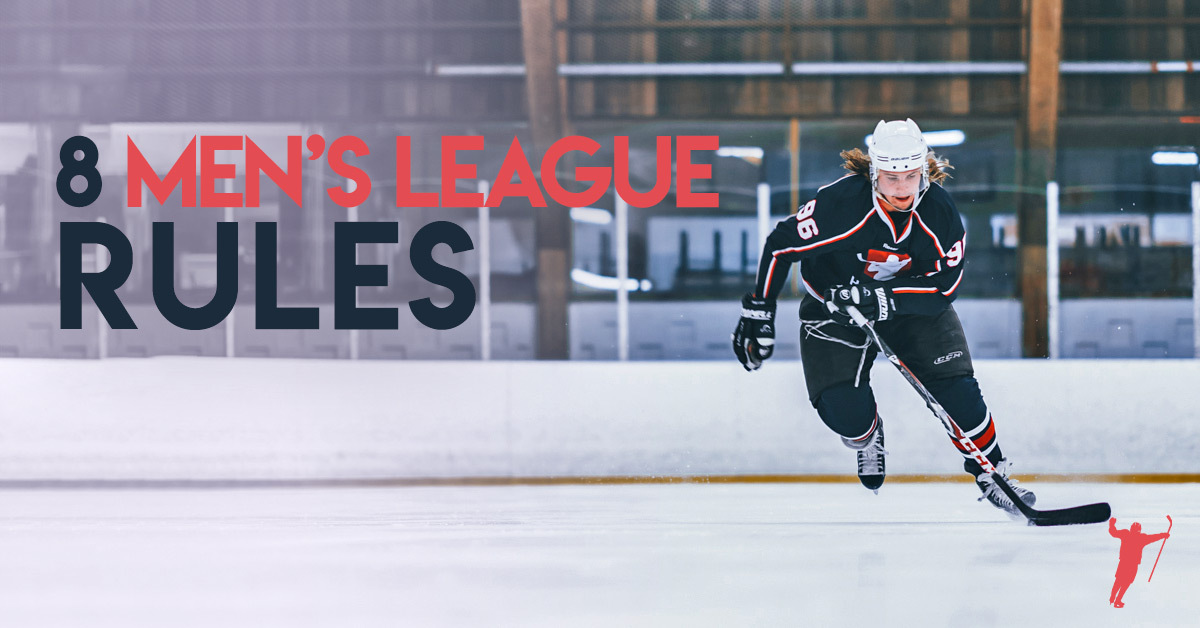
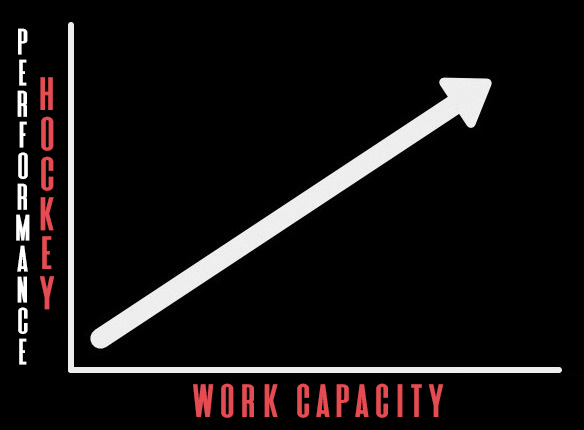
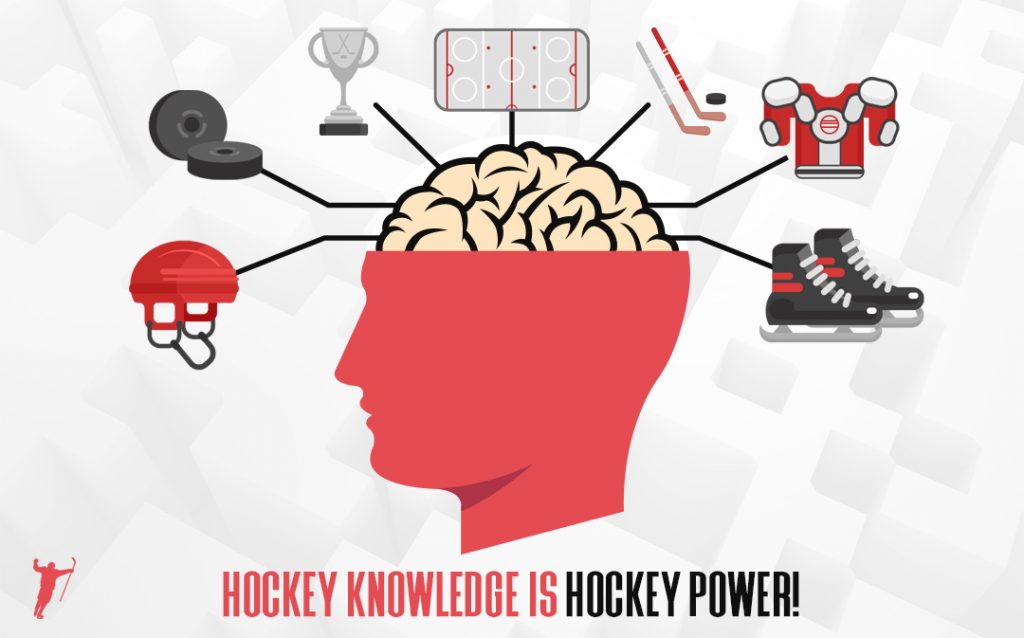
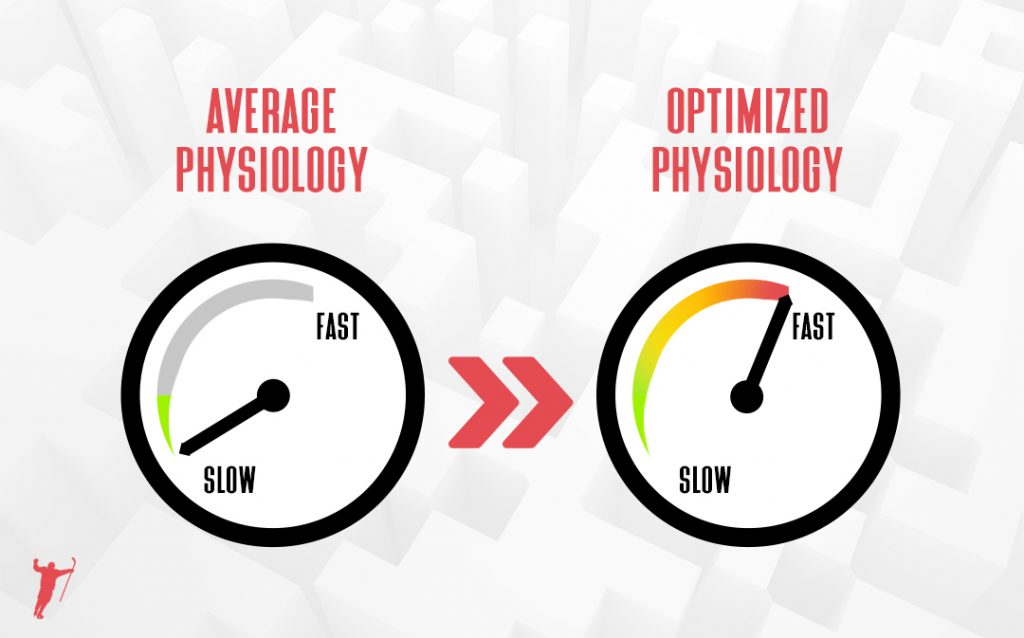
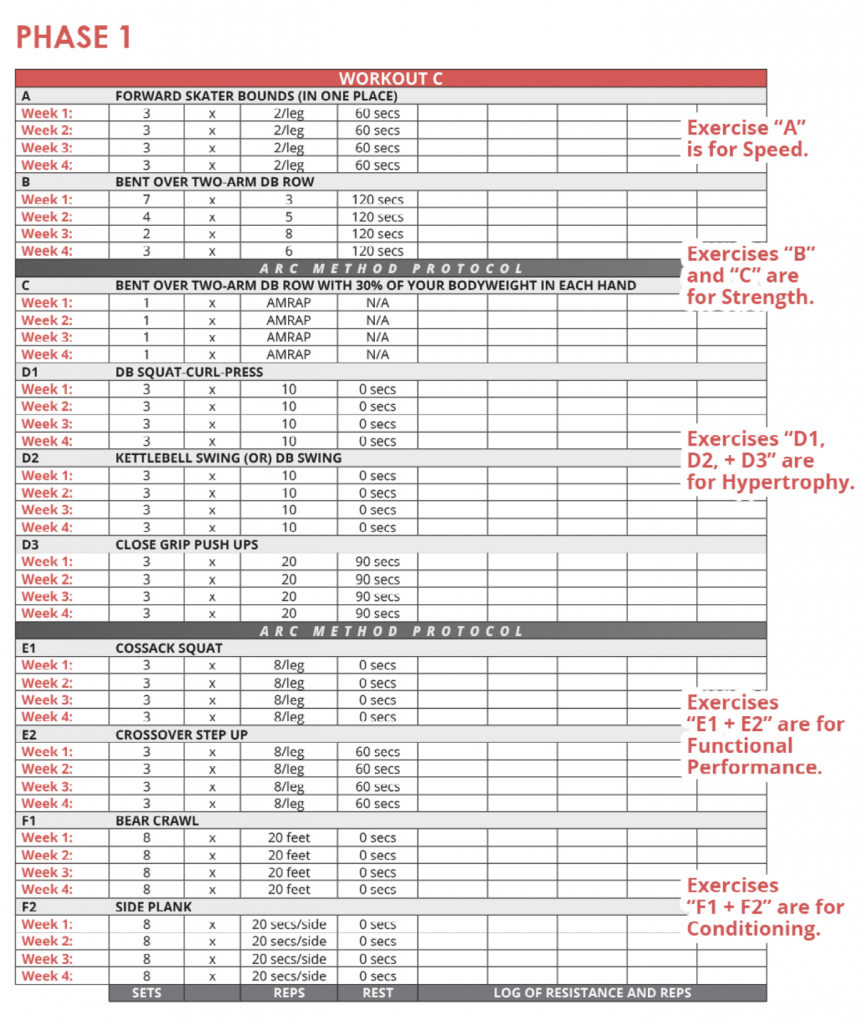
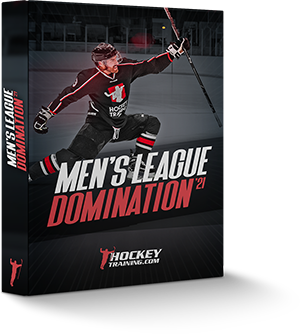
Morning ! Hoping All is Well w/ You & Yours ! With ever changing ice times, work load challenges at the job & getting home projects going/accomplished amid The COVID You Boys have once again made staying in “Hockey Shape” manageable ! I’m enjoying the new “21 MLD format” thus far as I am able to squeeze this format into my everyday schedule( even on the job) !
The 8 Golden Rules for men’s league hockey is spot on !! Thank You again for All You Boys do for The Game ! Please do keep up the Great Library of information You have produced thus far ! Stay Safe Enjoy The Day ………..
McCusker